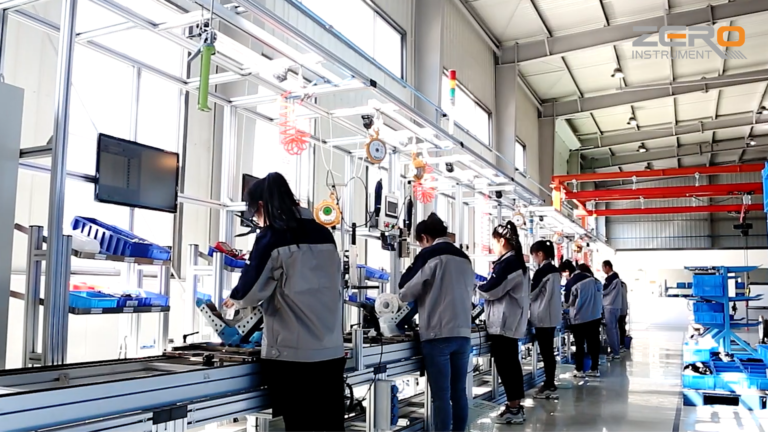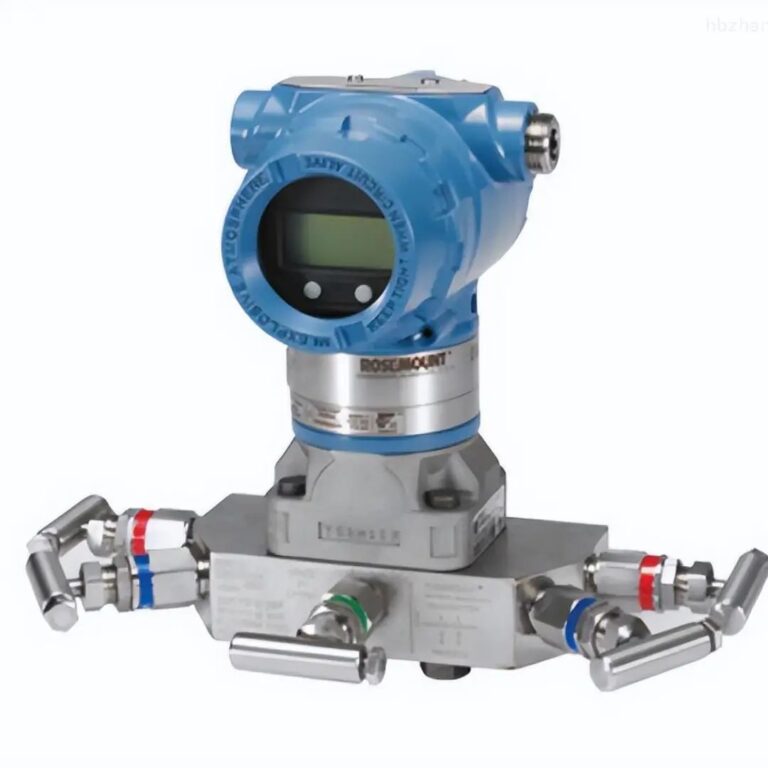The differential pressure transmitter with HART protocol has unique advantages. Users can use HART communication to manage and adjust the differential pressure transmitter or monitor process variables. They can also use buttons for on-site configuration, which is easy to operate. Today we will talk about how to calibrate the HART differential pressure transmitter.

Regardless of the specifications of the HART differential pressure transmitter, its positive and negative pressure chambers are equipped with exhaust and drain valves or plugs; this provides convenience for us to calibrate the differential pressure transmitter on site, in other words, the differential pressure transmitter can be calibrated without removing the pressure pipe.
When calibrating the differential pressure transmitter, first turn off the positive and negative valves of the three-valve group, open the balance valve, then loosen the exhaust and drain valves or plugs to vent, and then use a homemade joint to replace the exhaust and drain valves or plugs of the positive pressure chamber; while the negative pressure chamber remains loosened to allow it to pass through the atmosphere.

The HART differential pressure transmitter has a microprocessor chip that calculates the input data between the input pressure source and the generated 4-20mA current signal, in addition to the mechanics and circuits. The actual calibration can be carried out according to the following steps:
1. First make a 4-20mA adjustment to calibrate the D/A converter inside the transmitter, since it does not involve the sensor group and does not require an external pressure signal source.
2. Make another full adjustment to make the 4-20mA and digital readings match the actual applied pressure signal, so a pressure signal source is required.
3. Then re-range the transmitter and adjust the analog output 4-20mA to match the external pressure signal source. Its function is exactly the same as the zero adjustment (Z) and range adjustment (R) switches on the transmitter housing.

After the HART differential pressure transmitter calibration is completed, the exhaust and drain valves or plugs should be turned back to their original positions, and raw tape should be wrapped around them.
They should be tightened to ensure no leakage, but before tightening, the positive and negative pressure chambers should be vented and drained.
At this time, the process pressure can also be used to perform a simple HART differential pressure transmitter static pressure error check.
